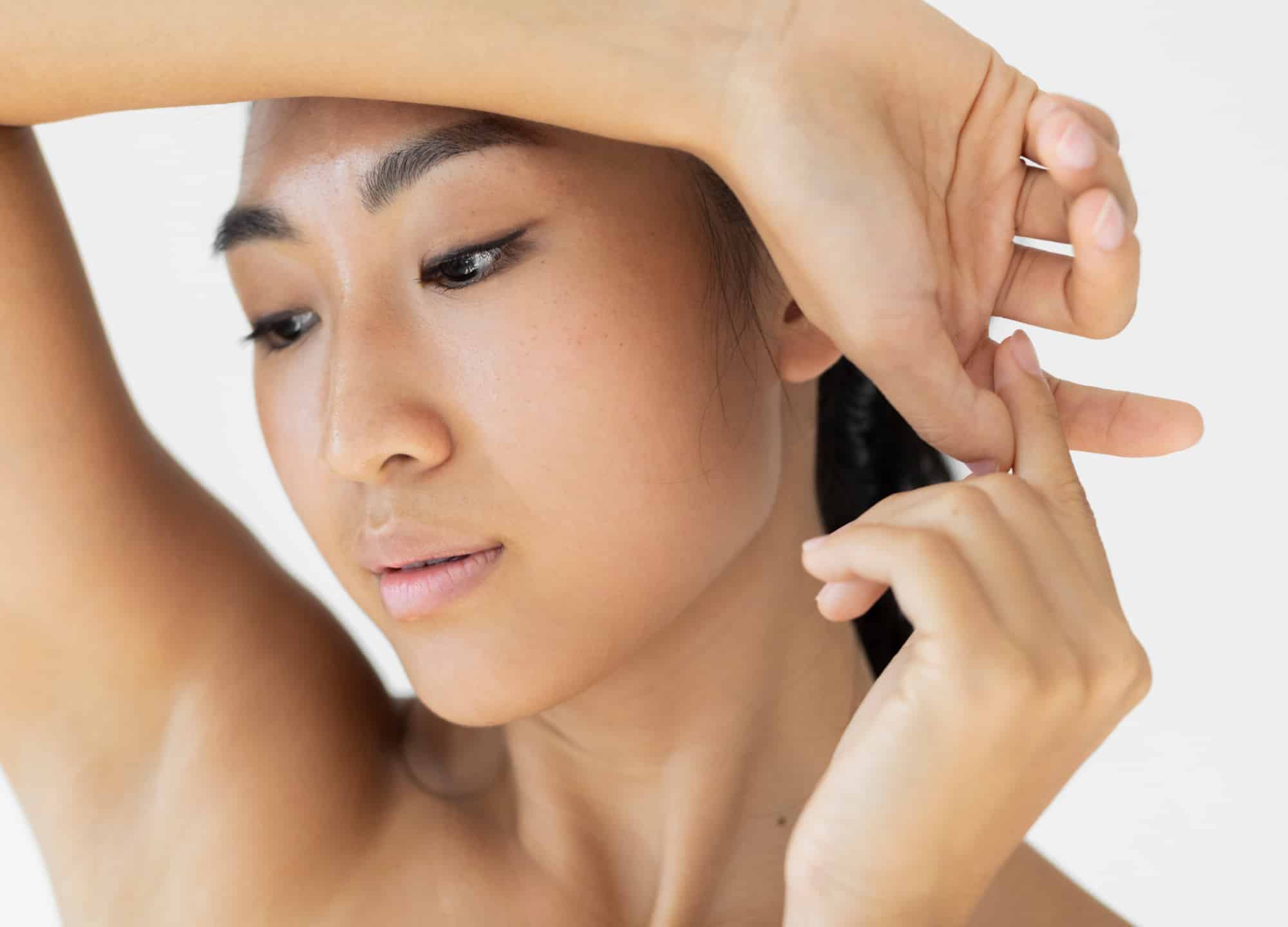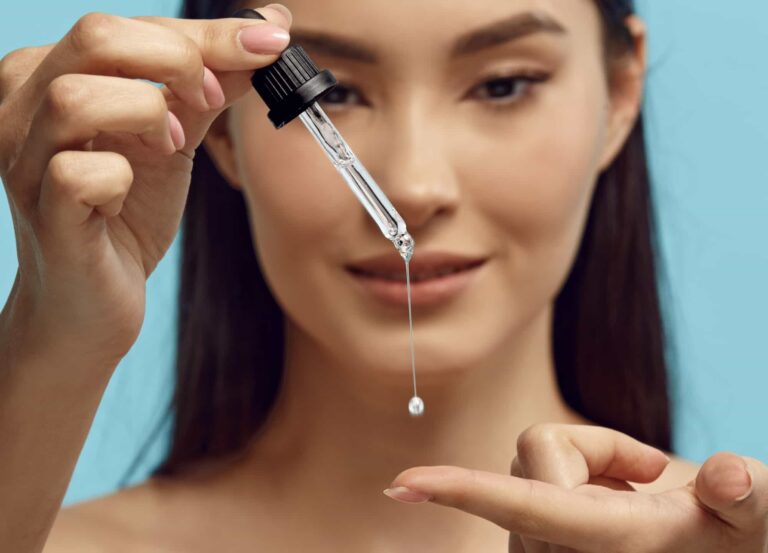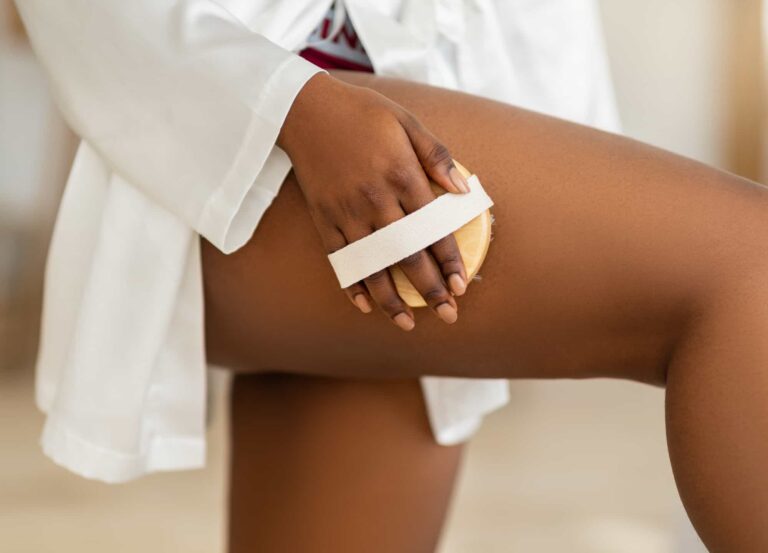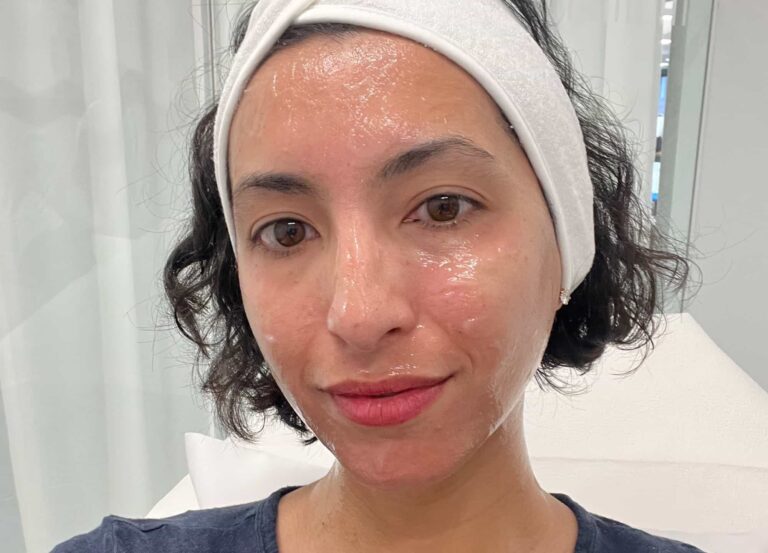Ethnicity influences everything from what you eat to your family traditions, and skin is no exception; your background can dictate how your skin responds to sun exposure, injuries, and, of course, aesthetic treatments. “Skin biology and physiology are different in skin of color,” says Danville, California, board-certified dermatologist Dr. Sonia Badreshi. And for Asian people seeking laser treatments, it can make things complicated.
Asian skin responds differently to the heat and light energy deployed by lasers in two significant ways. The first entails pigmentation post-procedure: people of color, including those of Asian descent, tend to have more melanin in the skin, says New York City board-certified dermatologist Dr. David Kim. “When you compare Asian skin and Caucasian skin under the microscope, an Asian person’s skin has melanocytes with larger and more densely packed melanosomes, which is a pocket where melanin is produced and stored,” he explains.
That can cause issues even when skin experiences a more controlled injury. Since lasers work by incurring damage, the skin responds as it would to any aggressor, be it UV rays or a paper cut. “When we get a laser treatment, our skin can think that it’s getting damaged and start producing more melanin to protect itself—which can lead to what we call postinflammatory hyperpigmentation [PIH],” says Dr. Kim.
Then there’s the matter of scarring. “The other thing Asian skin is more predisposed to is hypertrophic scarring and keloids—when the skin heals, it heals with more skin than needed,” says Los Angeles, California, dermatologist Dr. A. David Rahimi. “It goes above and beyond normal skin thickness and just doesn’t stop, making extra collagen until skin is thickened and elevated.”
The darker skin is—think a Fitzpatrick III, IV, or V—the more likely you are to experience hyperpigmentation and keloid scarring, says Dr. Rahimi. (However, Dr. Badreshi notes, it’s important to keep in mind that Asian skin includes a wide spectrum of skin tones and all are considered skin of color.)
To address these concerns, Dr. Rahimi adjusts his Asian patients’ pre-op and post-op routines. He instructs them to use fading creams one to two weeks before the procedure and prescribes them Retin-A, which can speed healing post-procedure. Even during the procedure, he says, ”I use less heat, because it’s the burning that can lead to PIH and keloid formation.”
Dr. Rahimi recommends three categories of lasers: those that have some cooling mechanism to limit heat and, in turn, minimize risk of hyperpigmentation or scarring; those that bypass the melanin-rich surface of skin entirely and go straight to the dermis; and those that are “colorblind,” meaning that they ignore melanin completely.
Dr. Kim adds that, theoretically, most lasers can cater to Asian skin types; what’s much more important is how they’re used. “The settings have to be tailored to each patient’s skin type, to maximize benefits and minimize risk for complications,” he says. “There isn’t one setting that works great on everyone. It really has to be adjusted for each patient and each treatment.”
To that end, it’s essential to work with an experienced, board-certified doctor. Dr. Rahimi recommends asking to see before and after photos of patients in your age range and skin tone. He also stresses the value of test spots. “I do a dime-size behind the ear. If that goes well, we’ll do the whole face,” he says. With that, consider these the best lasers for Asian skin, according to dermatologists.
1. For brightening without downtime: Clear + Brilliant Permea laser
This gentle, non-ablative laser is one of Dr. Rahimi’s go-to devices for patients of Asian heritage.
“It’s a 1400-nanometer laser that skips the skin, goes down to the dermis, and promotes the body’s production of collagen,” he explains. “Gradually, skin is repaired, pigmentation gets better, and fine lines and brown spots go away.” Adding to its appeal is the lack of downtime—think redness for a day—and relatively quick treatment time.
2. For dark spots and deep lines: MiXto fractional CO2 laser
With fractional ablative lasers, says Dr. Rahimi, “a percentage of the skin—let’s say 10%, 20%, 40% of the skin—is evaporated and ablated, and new skin grows from underneath the sebaceous glands and hair follicles.” This is the kind of trauma that can lead to post-inflammatory hyperpigmentation, which is why he prefers the MiXto laser; it has a pattern that allows skin to cool so heat doesn’t build up and inadvertently cause damage.
3. For rebuilding collagen: Venus Viva microneedling with RF
Radiofrequency-powered lasers are a winner for Dr. Rahimi, for one big reason: They’re colorblind. “You can do Venus Viva on dark skin,” he says. “It’s much less likely to cause hyperpigmentation or keloid formation.” The machine pairs microneedling with radiofrequency, to deliver RF energy into the dermis, where it improves everything from wrinkles to enlarged pores with just a day or two of sunburn-like redness.
4. For tattoo removal: Q-switched YAG laser
While there are several options for tattoo removal, YAG lasers tend to be the best method across the board. For patients of Asian descent, in particular, “Q-switched Nd:YAG is great for tattoo removal and can even improve some pigmentary conditions,” says Dr. Badreshi. It targets dark clusters of melanin, shattering them into tiny pieces that can then be absorbed or shed by the body. That said, it can still be relatively risky for deeper skin tones, so an experienced provider is a nonnegotiable.
5. For laser hair removal: Long pulse YAG Laser
This YAG laser is also ideal for those with dark skin tones, since its wavelength of 1064 nanometers isn’t absorbed well by melanin. “Nd:YAG laser results in sufficient thermal injury to dark coarse hairs and spares the epidermis,” says Dr. Badreshi. “It allows energy to be delivered slowly, resulting in heat dissipation and cooling, minimizing damage to the epidermis.” Think of it as hitting the happy medium—it’s strong enough to zap hairs at the root but not so strong as to create damage.











